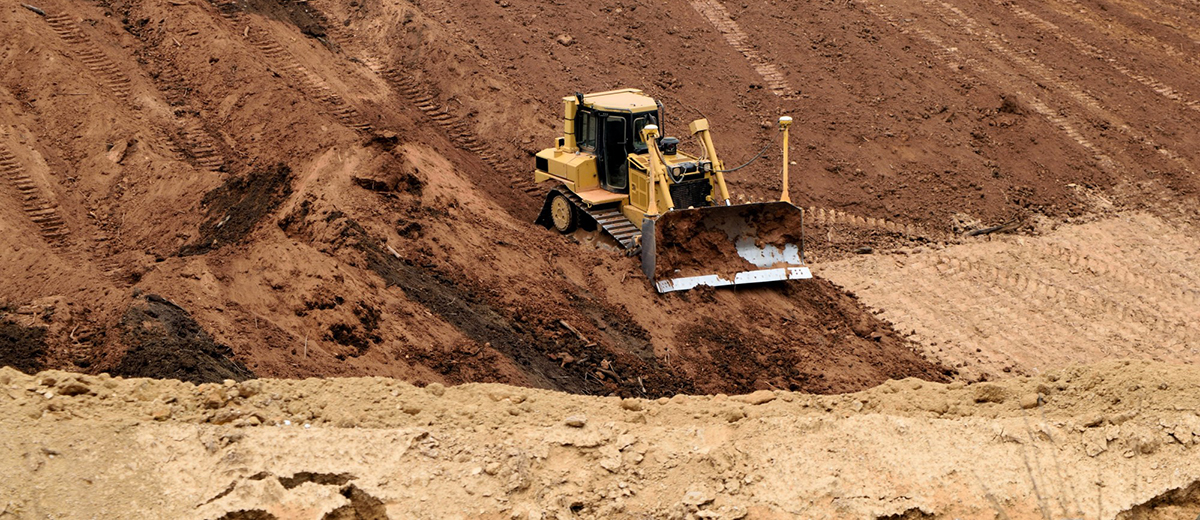Building a structure involves lots of money to be expended to ensure the structure is strong and durable. Ground Injection Stabilization is one of the factors to consider before a building is mounted on the ground. Ground Injection Stabilization is often referred to as Soil Stabilization and it entails injecting chemicals into the ground to prevent the swelling up of soil after some time. Many homeowners have experienced their building collapse because of the problems generated by the soil after some time. Soil stabilization is one of the new ways used before and after for repairs. For injection after building, the chemical is poured around the foundation holes. This enters the soil and repairs any issue it has.
Materials for Soil Stabilization
There are various materials used for soil stabilization. Some are discussed below:
Cement
Cement is one of the most common materials used for soil stabilization. Some mix the cement with soil while others add substances such as lime, fly ash, etc when mixing. The addition of these substances aids the effectiveness of the stabilization.
Chemicals
Chemicals are also used to improve the stability of the soil. There are various chemicals for use, however, the most popular three used for soil stability are sodium silicate, sodium chloride, and calcium chloride. These chemicals are poured into the soil to repair the damaged soil. Although chemicals have proven to be effective, they also have their downsides. The application of chemicals needs a lot of time and frequent use because a major portion of the chemicals is lost during leaching.
Lime
Adding lime to the soil, especially clays, is very common. Lime helps improve the stability and strength of the soil. Also, it helps drain out excess water from the soil. This lime addition to the soil is not restricted to the building construction uses alone, it is also done during road constructions.
Methods of Soil Stabilization
Electroosmosis
This method is one of the most expensive ways to improve the stability of the soil. It is somewhat restricted for use in clay soils and done by metal electrodes installed in the ground. These electrodes in the ground have a cathode that allows water passage from the ground. During this process, the water level in the ground is gradually reduced till the desired level is reached. Electroosmosis is also known as electrical stabilization.
Mixing
Chemicals are often injected into the ground after the mixing process. This is one of the most common ways to improve the stability of the soil. The chemicals and soil particles are mixed before it is poured into the ground. One of the factors that need to be considered before this process is Depth. To properly increase the stability of the soil, the chemicals have to get to a deeper part of the soil. However, when the depth is too shallow, it will lead to a waste of time and resources. Also, you have to ensure the right amount of chemicals are w=mixed before pouring into the soil. An excess or lower amount of chemicals will only cause more harm than good. Therefore, you need to know the soil type before mixing the chemicals.
Grouting
Grouting is an effective method used for soil stability in places with difficulty digging the ground. Some ground types are very difficult to drill into, therefore, a grouting method has been created to help out. There are different types of grouting done depending on the structure of the soil. One of the major drawbacks of this method is the high cost needed to get it done.
Advantages of Soil Stabilization
The various advantages of soil stabilization are discussed below:
Reduces Time
Soil stabilization helps construction workers complete their tasks fast. With the addition of chemicals or lime to the soil, the site preparation time is reduced leading to the quick completion of the structures.
Reduces Money
Stabilizing the soil before laying the foundation of the building helps reduce money for repairs and construction as it continues. Also, it is a faster way to employ as against the traditional method of filling and digging.
All-round Construction
Soil stabilization makes the ground suitable for working all year round. In cases where the weather is extremely cold, constructors add lime to remove the excess water content that can affect or slow down work in the soil.
Conclusion
Soil stabilization should be one of the important processes to prepare the soil for the accommodation of a building. This simple method can save lots of individuals stress, time, and money.










